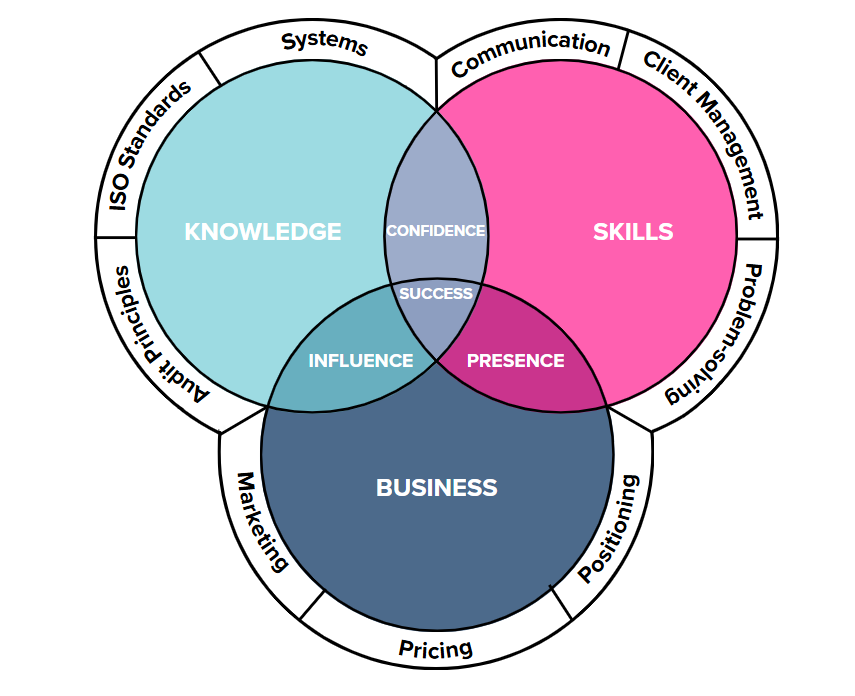June 11th, 2025

—
When I first started training, I thought the slides were the star of the show.
If I stuck to the PowerPoint, got through all the dot points, and didn’t mess up the flow—I’d done my job.
But it didn’t take long to realise: nobody remembers what was on Slide 14. They remember the story I told about the auditor who raised a finding against their own process. Or the moment I said, “Hey, this actually happened to me last month.”
That’s when I stopped using the slides as a script—and started using them as prompts. Prompts for real-life stories. Prompts to connect the Standard to their world—not just mine.
Same goes for ISO leadership.
You can tick every clause, write every procedure, and still fail to make an impact. Because people don’t follow documents—they follow people.Leadership isn’t about technical perfection. It’s about presence, trust, and the ability to bring others with you. It starts with how you show up.
🧠 According to Dr. John Medina, author of Brain Rules, “We don’t pay attention to boring things.” He emphasizes that to maintain attention, especially in presentations, it’s crucial to introduce something emotional and relevant every ten minutes. This underscores the importance of connecting with your audience through stories and real-life examples, rather than relying solely on technical content.

—
The 3 Core Pillars of Leading the Standard
This shift—from delivering content to creating connection—is exactly what the Lead the Standard model is built on.
It’s not enough to know the standard.
You need to apply it.
And you need to influence others while doing it.
That’s where leadership in ISO really happens—right at the intersection of knowledge, application, and soft skills.
Here’s how it breaks down:

—
🟦 KNOWLEDGE
This is your foundation—understanding the ISO standards, their principles, and how they apply to business systems.
You need this to speak the language, recognise gaps, and explain the why behind the what.
🟣 APPLICATION
Knowing it isn’t enough—you need to use it.
This is where you take your knowledge and bring it to life through implementation, execution, and problem-solving.
It’s about outcomes, not checklists.
🔵 SOFT SKILLS
Here’s where most people fall short.
Real leadership is about communication, awareness, and collaboration.
Without these, your systems might work on paper—but they won’t work with people.
Your Next 3 Steps:
1. Audit your own approach
Are you delivering content… or creating connection? Whether you’re training, leading, or implementing—check how you’re showing up.
2. Pick one story to tell this week
Choose a real-life moment that brings a clause or concept to life. Practice weaving it into your next meeting, audit, or training.
3. Download the Lead the Standard model
Stick it on your wall. Use it to guide your development—and challenge yourself to grow in the areas that don’t come naturally.
You’ve just read a small part of the book! The full version is coming soon—pre-order now and be among the first to read it when it’s released.
View comments
+ Leave a comment